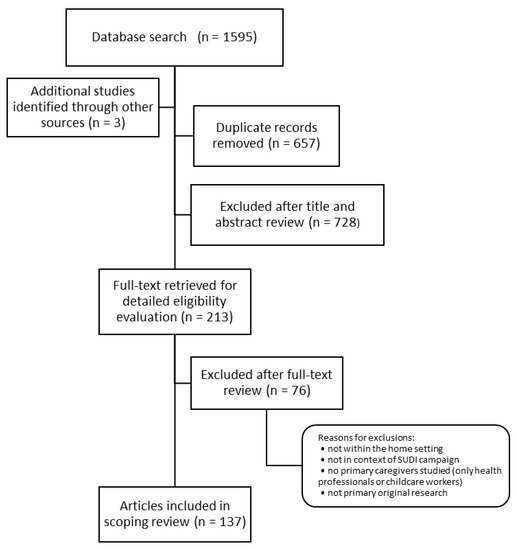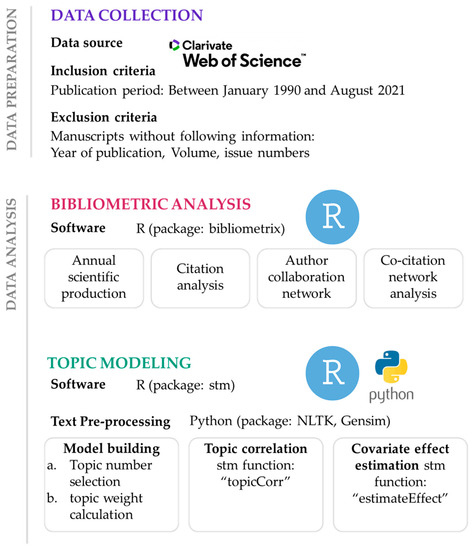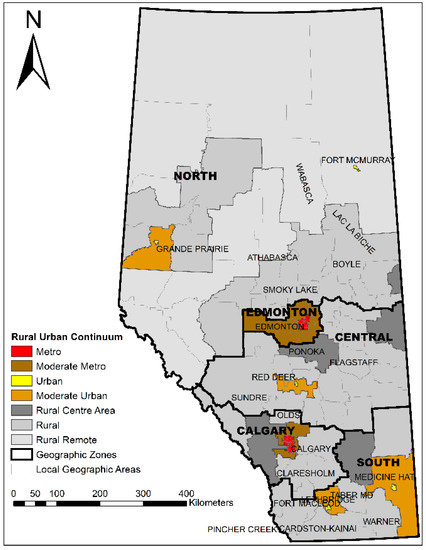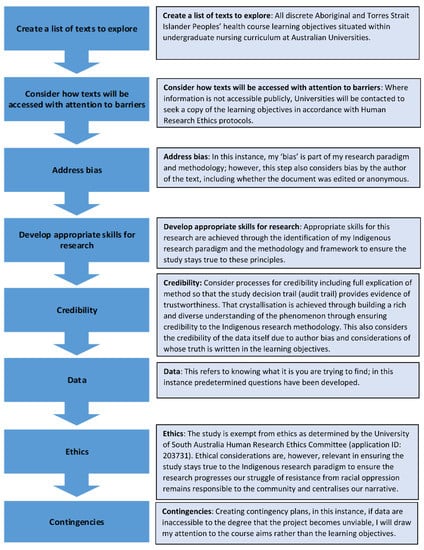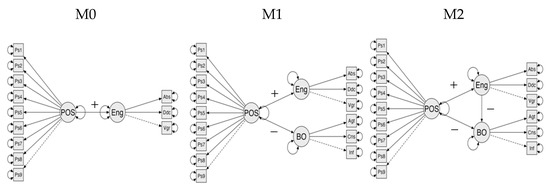Int. J. Environ. Res. Public Health 2022, 19(13), 7713; https://doi.org/10.3390/ijerph19137713 - 23 Jun 2022
Cited by 12 | Viewed by 3126
Abstract
Parents tend to internalize the coparenting model they experienced during childhood and enact it in their coparenting relationships as adults. These interactive patterns may, in turn, shape their children’s internal working models of attachment relationships. The present study recruited 31 gay and 28
[...] Read more.
Parents tend to internalize the coparenting model they experienced during childhood and enact it in their coparenting relationships as adults. These interactive patterns may, in turn, shape their children’s internal working models of attachment relationships. The present study recruited 31 gay and 28 heterosexual single-father families through surrogacy to examine family alliance quality and the mediating role of observed supportive and conflictual coparenting in the association between the coparenting quality single fathers experienced in their families of origin and the attachment security of their children. All single fathers lived in Italy, were cisgender and White, and had a child aged 6–12 years (M = 97.73 months; SD = 20.48; 47.5% girls) who they coparented with nonparental caregivers (i.e., 33 grandparents, 18 babysitters, 8 uncles/aunts). Families did not differ in family alliance dimensions based on fathers’ sexual orientation. Additionally, single fathers who experienced greater coparenting quality in their families of origin demonstrated lower levels of conflictual coparenting, which, in turn, were associated with greater child attachment security. In contrast, observed supportive coparenting did not mediate this relation. The results emphasize the need to reconceptualize the dyadic coparental unit in single-father surrogacy families to include extended family members and nonrelatives.
Full article
(This article belongs to the Special Issue Health and Well-Being Related to New Family Forms: Perspectives of Adult Individuals, Couples, Extended Family Members, Children, and Professionals)
►
Show Figures

